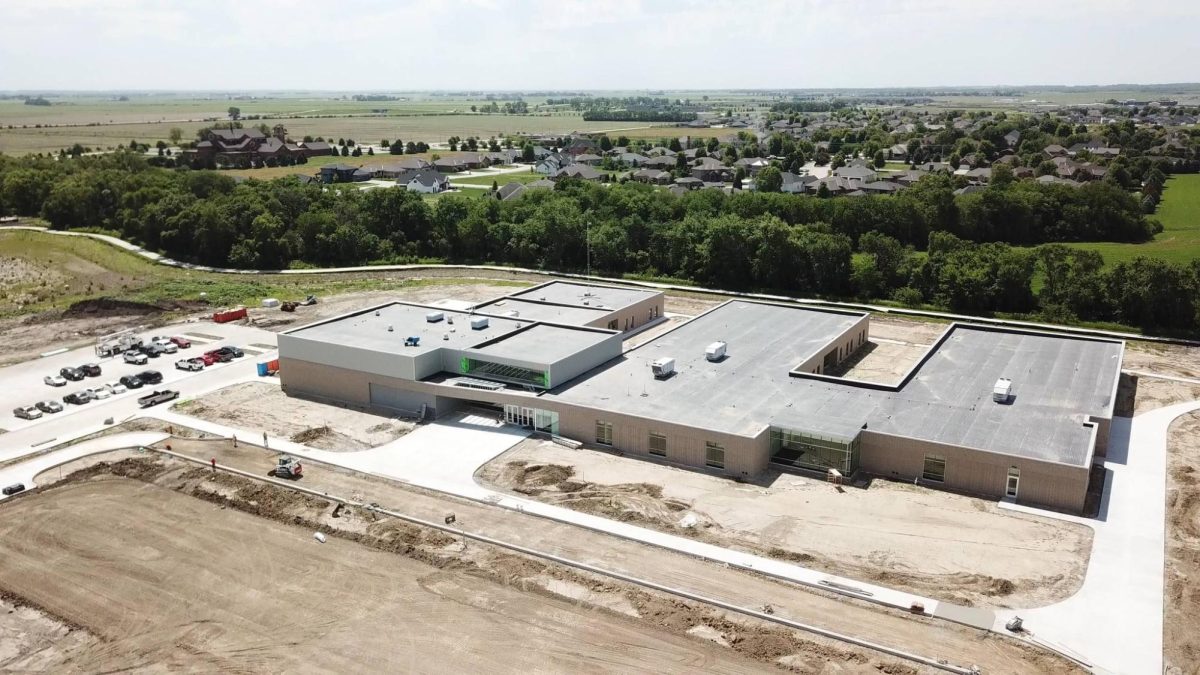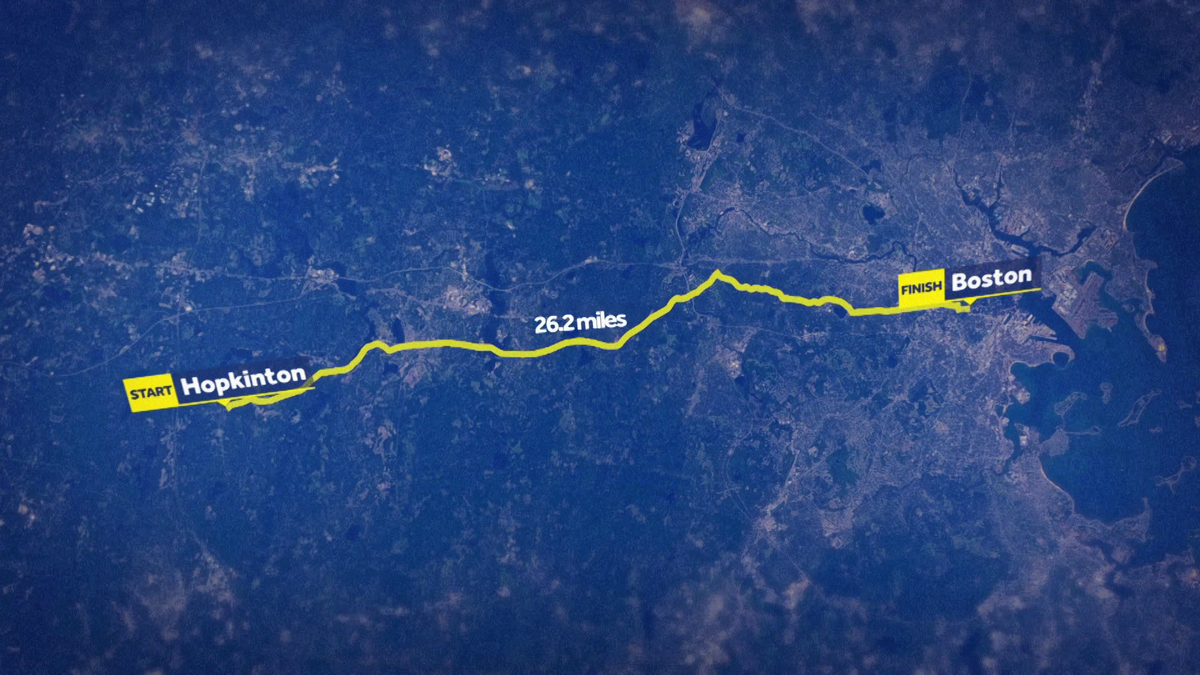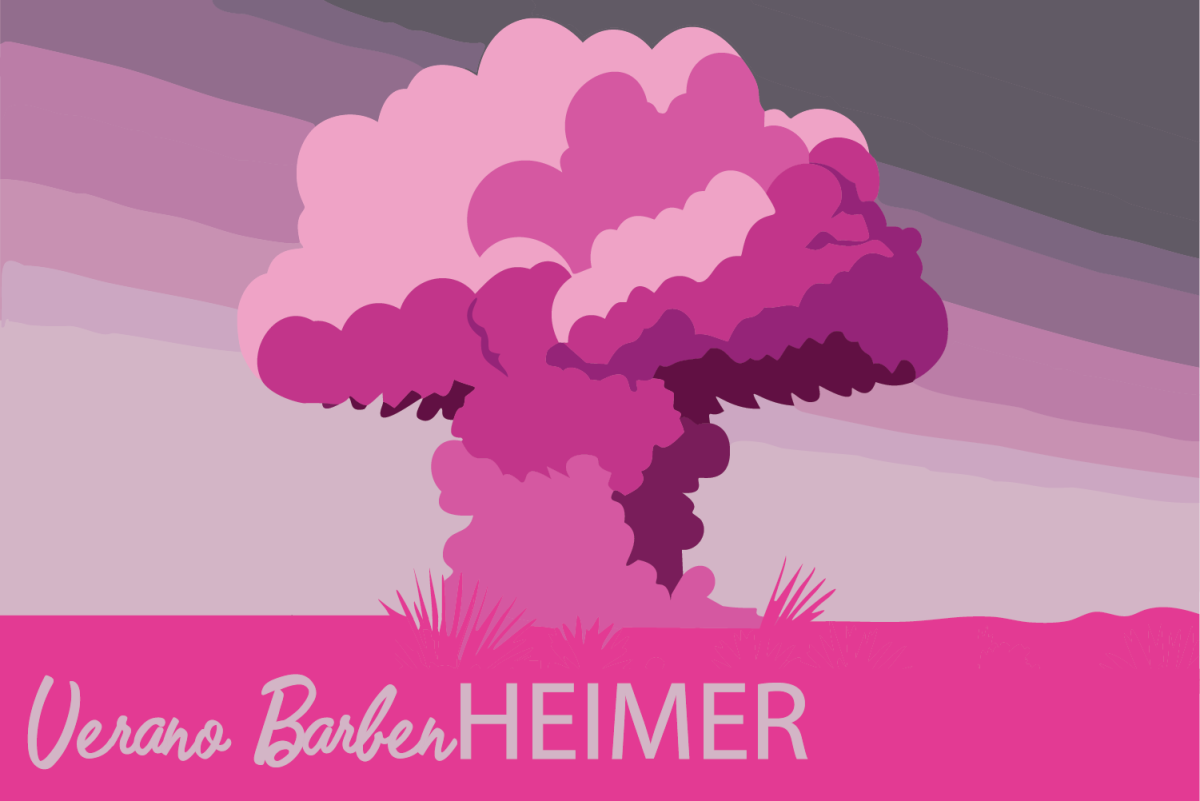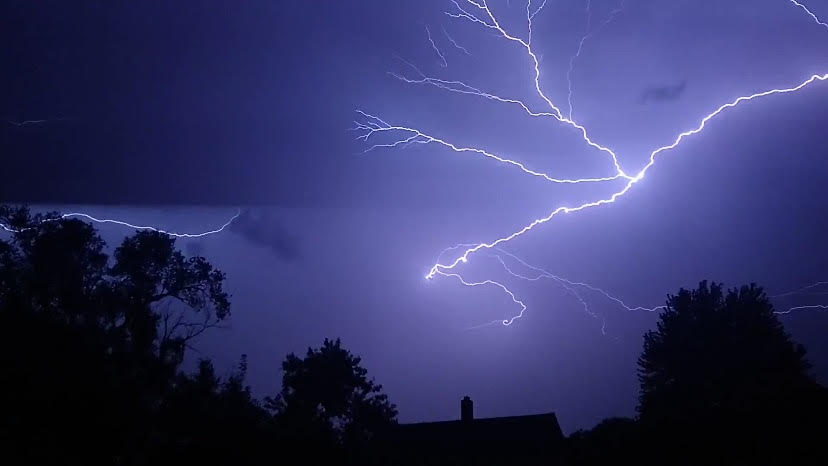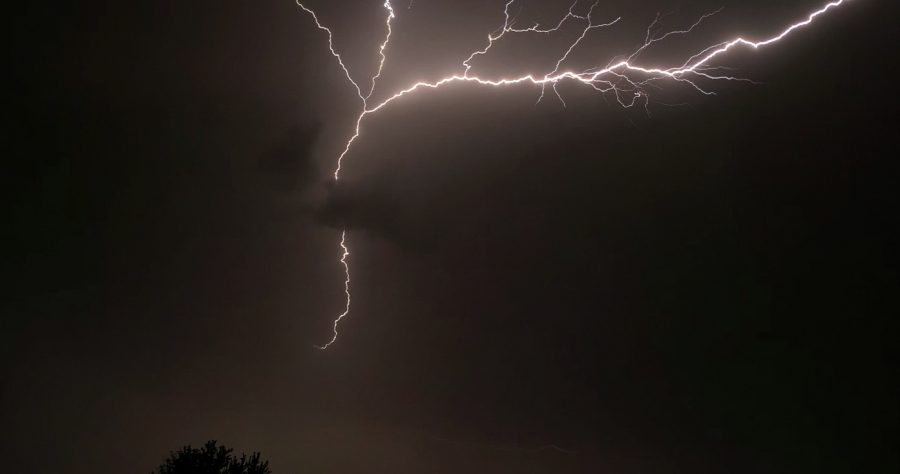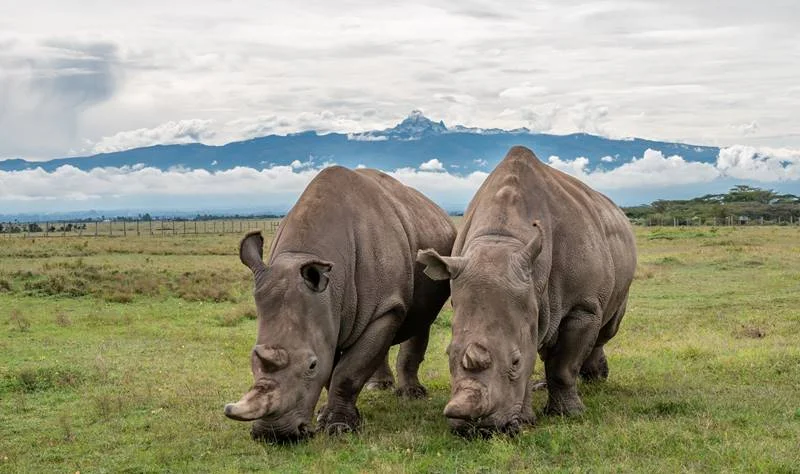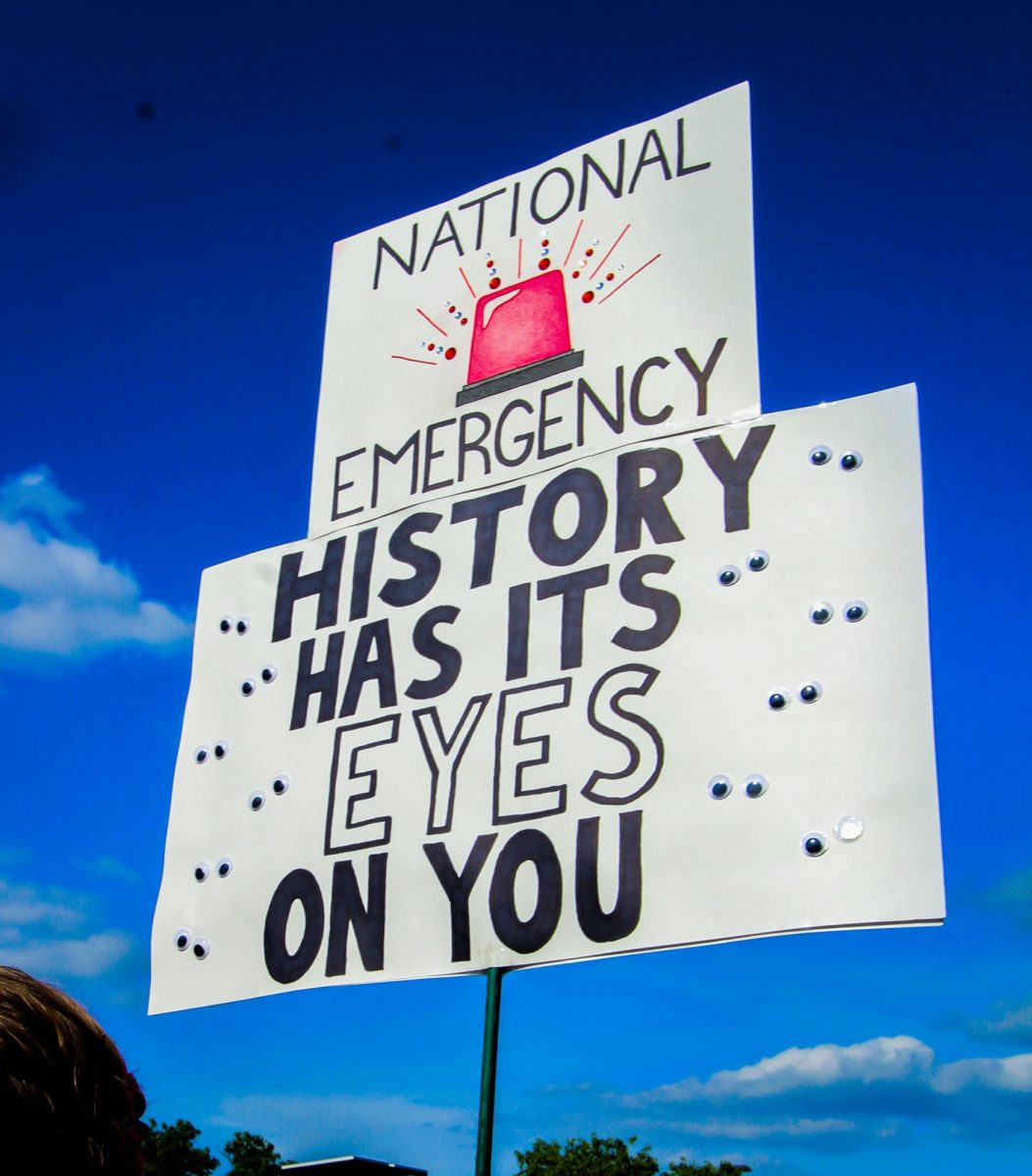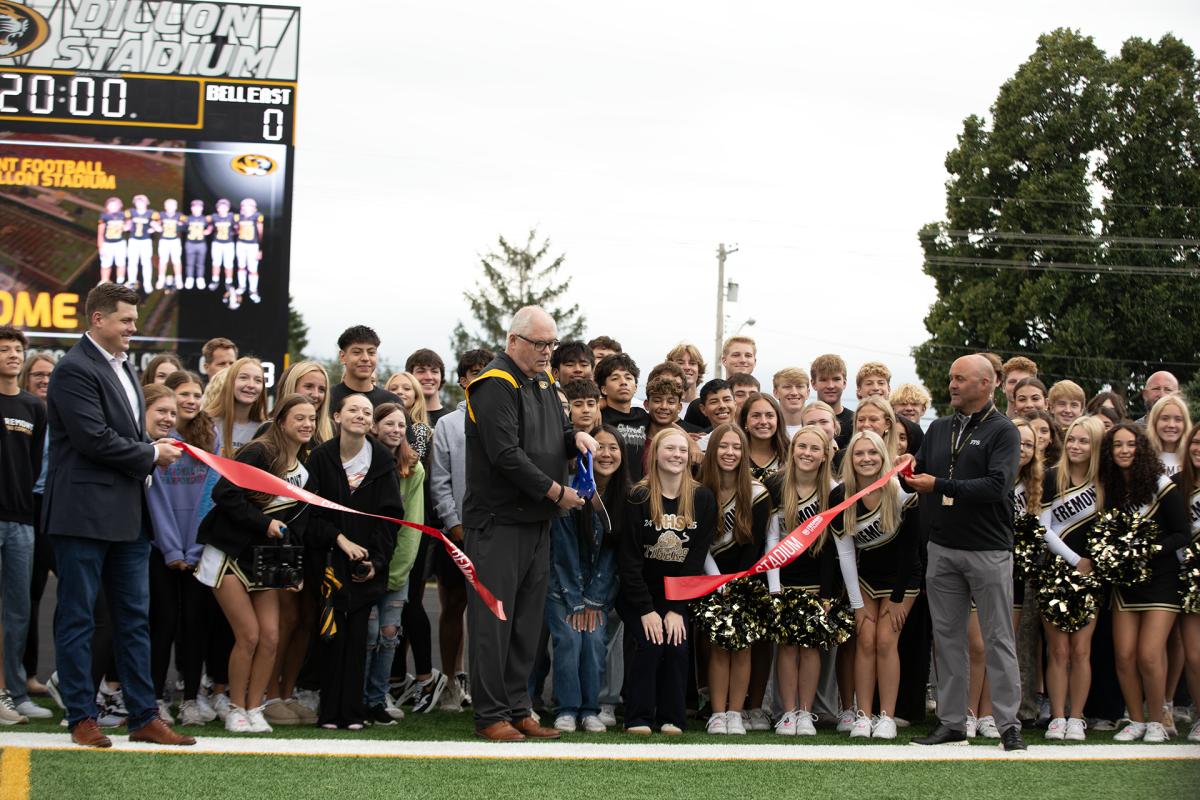Between flash floods, severe storms, and Earth’s hottest month ever recorded, the Great Plains has witnessed, yet again, another fairly active storm season to put in the books.
The Midwest has a variety of weather phenomena that occur throughout different parts of the year. Most events correspond to a certain season. Flooding takes place in the spring after the winter snow melts. The summers are hot and the winters are cold.
“Weather affects all of us,” Fremont High School Earth Science teacher, Deb Erpelding said. “Outdoor school sporting events can be postponed due to storms/rain and snow both. Recreational activities depend on good weather. Heatwaves can make it unsafe to be outdoors and dangerous for people whose careers require them to work outside. The same is true for extreme cold.”
One big threat the Midwest is susceptible to is flooding. The average annual rainfall across the state of Nebraska is around 27 inches.
Saturday evening, August 7, 2021, parts of Omaha, Nebraska underwent severe flash floods. Lower-lying areas in some places in Omaha were underwater. The flash flooding took place after a rainstorm swept through the city.
The Omaha flooding event was due to thunderstorms in eastern Nebraska,” Erpelding said. “Multiple rounds of storms formed and moved over Omaha leading to heavy rain totals, 4-6 inches in some cases, that fell faster than storm drains could handle. Many vehicles were flooded downtown, catching many people off guard.”
The Midwest is also vulnerable to severe storms. Storm season in the midwest ranges from late spring to early fall.
Tornadoes can happen at any time of the year in Tornado Alley, but the peak of tornadic activity occurs during the months of May and June.
Tornado Alley is spread across multiple of the Great Plain’s states, including Nebraska. The state of Nebraska experiences, on average, about 57 tornadoes per year.
“On average, Dodge County is under 6 severe thunderstorm or tornado watches in a year,” Erpelding said. “Five so far in 2021. More interestingly it has been nearly two years since Dodge County was under a tornado watch.”
The Great Plains is known for its extreme weather patterns. The summers are hot and humid while the winter temperatures can be below freezing on multiple occasions.
Hot weather is often the culprit for an increase in the number of severe thunderstorms. The midwest gets a lot of humidity and heat in the summer. That hot air rises and collides with cooler air, and that collision is responsible for the formulating of severe weather.
Earth’s hottest month ever recorded came to pass in July 2021. In addition to this, Nebraska’s hottest month of the year, on average, is July. Omaha’s average temperature during the month of July 2021 was around 81 degrees Fahrenheit.
“The average temperature at Omaha-Eppley during the month of July was 0.4° below normal,” Erpelding said. “Despite that, July 2021 was one of the ten warmest Julys on record in every continent but Antarctica.”
Whether people like it or not, weather affects just about everyone. In the midwest, weather affects more than just people.
“Agriculture is greatly affected by weather,” Erpelding said. “Hail can damage crops, drought can result in lower crop yields. Too much rain can cause problems as well as crop damage. We can irrigate and artificially add moisture when it’s dry, but when it’s wet you can’t undo that so easily.”

